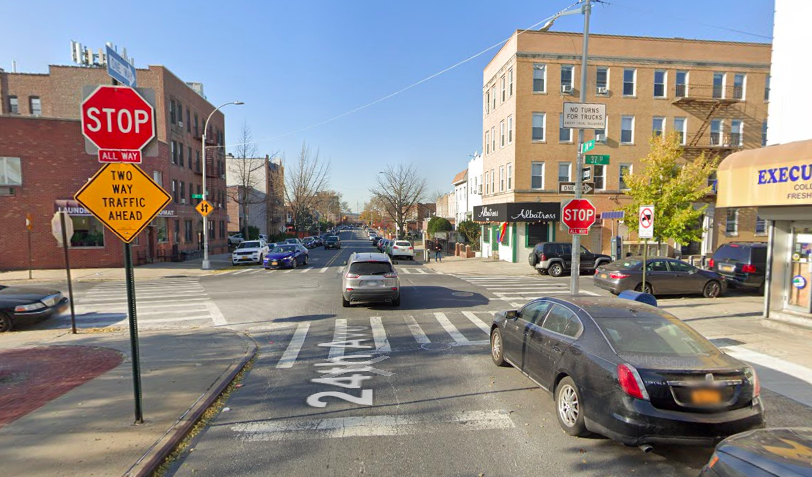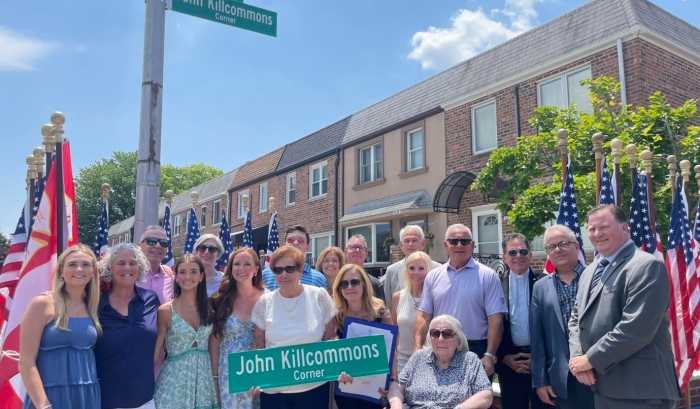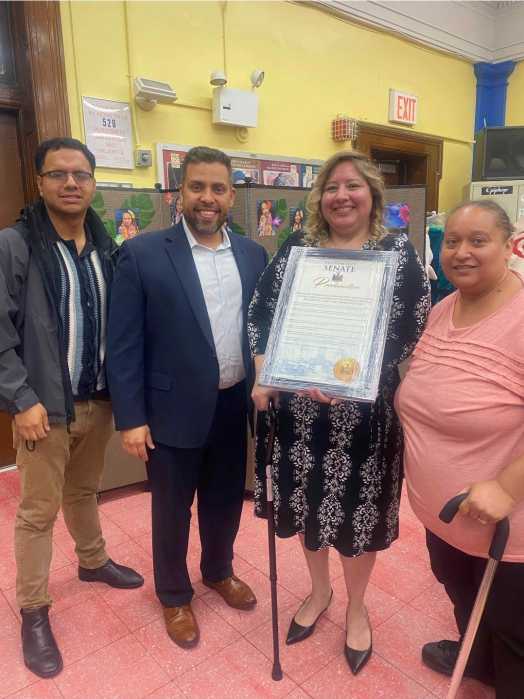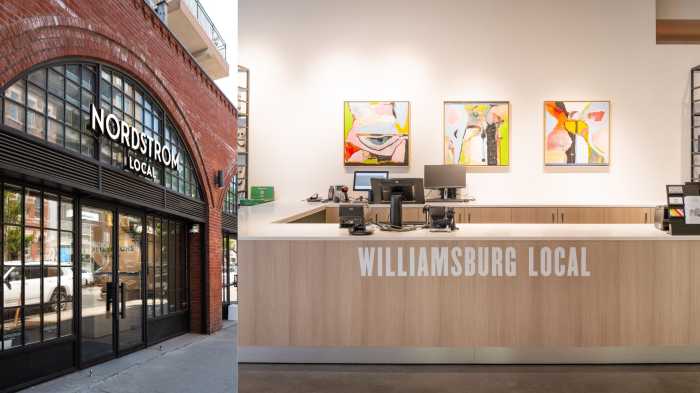Councilman Costa Constantinides and local community members are calling on the Department of Transportation (DOT) to drastically improve 24th Avenue in Astoria, where delivery worker Mario Canales was killed while riding a scooter last month.
“For too long, 24th Avenue has functioned like a piecemeal highway, with dangerous turns and cars speeding into the middle of intersections to check for oncoming traffic,” said Constantinides. “The DOT must look at this avenue, from 21st Street all the way to where it meets the Grand Central Parkway at 37th Street, and determine what measures will improve the health and safety of all Astoria residents.”
During a Zoom press conference, Constantinides said he made a formal request for the study in a letter to the DOT on Oct. 13. The Astoria native outlined some of the issues of 24th Avenue, noting the two-way street is still used by trucks from 21st to 29th streets, despite measures to prevent the vehicles from getting stuck as they approach the Robert F. Kennedy Bridge (formerly known as the Triborough Bridge).
He said he followed up on a previous request from last year, asking the DOT to find an alternative route for large trucks, given the current path’s proximity to an elementary school.
Mario Canales, who was a 27-year-old father of two living in Woodside, was traveling eastbound on 24th Avenue while operating a 2020 Yamaha Chappy Scooter on Sept. 23, according to the NYPD Highway District’s Collision Investigation Squad. He was approaching the intersection at 33rd Street — with no traffic signal — when he struck a white 2005 Chrysler Town & Country, police said.
Canales was heading back to his restaurant at the time of the crash.
“We’re seeing buildings going up, we’re seeing new businesses added to the streetscape. We’re not seeing the traffic calming, and the street design keep up with what is happening in the community,” said Constantinides. “As we’re seeing new buildings go up, as we’re seeing new things happening, there has to be a response.”
A DOT spokesperson told QNS they’re received the requests from Constantinides.
“We are reviewing the requests from the Council member and the advocates,” a spokesperson said.
Senate Deputy Leader Michael Gianaris backed Constantinides’ call for a safer 24th Avenue.
“Fatal crashes are unacceptable and we need to take action to prevent further senseless deaths,” said Gianaris. “I urge the DOT to implement desperately needed safety measures as soon as possible.”
Constantinides was joined by Chair of Community Board 1 Marie Torniali, Queens Organizer for Transportation Alternatives Juan Restrepo, Julie Huntington of Families for Safe Streets as well as a representative from Assembly member Aravella Simotas’ office.
Simotas urged for the DOT to conduct a full traffic study.
“There’s no question that drivers treat many parts of Astoria as open roads. So, it is prudent and important to study each major avenue and street with an eye towards installing new traffic calming measures and improving public safety,” said Simotas. “Mariano Canales deserves justice. Astoria’s pedestrians, bicyclists and drivers deserve safe streets and the DOT should meet its responsibility of studying 24th Avenue and making whatever changes are needed to prevent unnecessary, future tragedies. This is the responsible thing to do.”
Constantinides and advocates say 24th Avenue is particularly dangerous from 31st to 37th Street, due to the road’s diagonal pathway, on a hill and feeding into Grand Central Parkway.
They say cars will often speed down side streets, stop deep into the intersection, and look for oncoming traffic. Meanwhile a limited view on the street has presented serious safety risks to pedestrians, cyclists and drivers.
“I walk many times to work from 23rd Street and 24th Avenue, all the way to 37th … it is a scary, scary walk,” said Torniali. “I think it’s long overdue that they study the street, which is for the majority of residential street.”
Advocates cited the DOT’s past success in partnering with the community to mitigate dangerous traffic on Hobart Street from 30th to 31st avenues.
“The death of working cyclist Mario Canales was preventable, and we implore the city to take swift action to ensure this never happens again,” said Restrepo. “We know that improvements like daylighting street corners to improve visibility at intersections, creating protected bike lanes, and other Vision Zero measures are proven to reduce crashes and save lives.”
Huntington said Astoria residents, whether they’re walking, cycling or riding in a car, know how dangerous 24th Avenue is. She also emphasized how Families for Safe Streets members have all been tragically impacted by traffic violence.
“My dad was one of the 38,800 people who were killed by traffic violence in the United States last year. Dad was killed just a few days before what should have been a celebration of 46 years of marriage with my mom. His death, like so many others, was completely preventable,” she said. “It should not take a sudden, senseless and violent death, like my dad’s, to change the way that large commercial vehicles are regulated on our roads and in our neighborhood.”




































